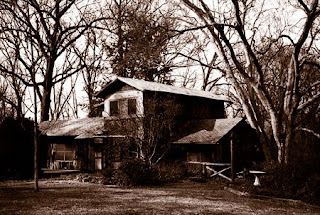 •
•Photography is great. If you follow my blog you know that I take a lot of pictures. Always have.
But, if you truly want to SEE something, you have to draw it. This forces you to slow down and really look.
Recently I watched a belted kingfisher preen itself and I realized how much fun it would be to sketch one.
Slate blue and medium-sized, belted kingfishers have rather large heads and amazing blunt, often disheveled, crests reminiscent of the punk rock, spiked Mohawk hairstyles of the 1980s. I could use the word comical but that distracts from the overall regal dignity of the species.
Ever vigilant, they are generally seen perched over creeks and rivers, watching for slow moving fish near the surface. If a meal is spotted, they'll plunge headfirst into the water to snatch it. They are also rather noisy: their call a raucous rattle akin to a hoarse, maniacal burst of laugher. You generally hear them as they dart from perch to perch, laughing all the way, as if they have just played a practical joke and cannot contain their zeal for their devilment.
Parent kingfishers nest in tunnels they burrow into the sides of riverbanks. Both parents burrow, they take turns incubating the clutch and both feed the young.
They are also an example of reverse sexual dimorphism: the female is more brightly colored than the male. Why? No one knows for sure. And the kingfishers are being rather reticent on the topic.
•

















































































































